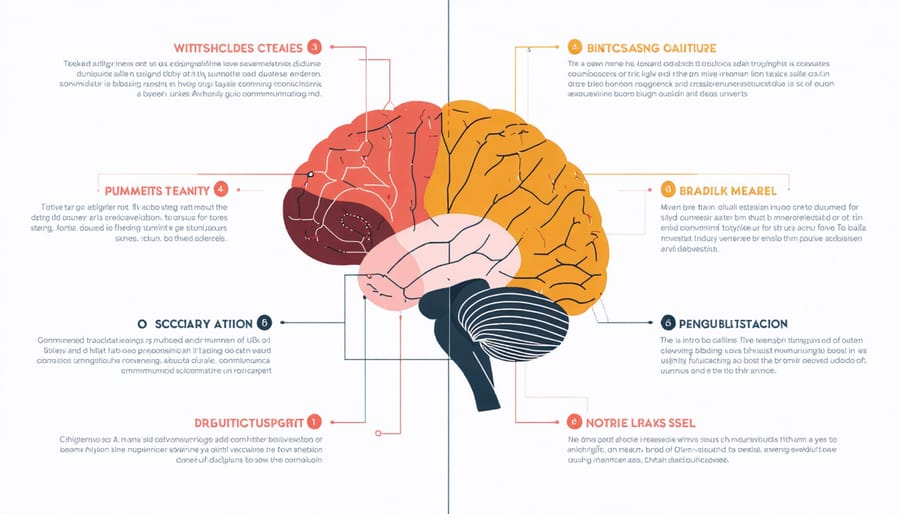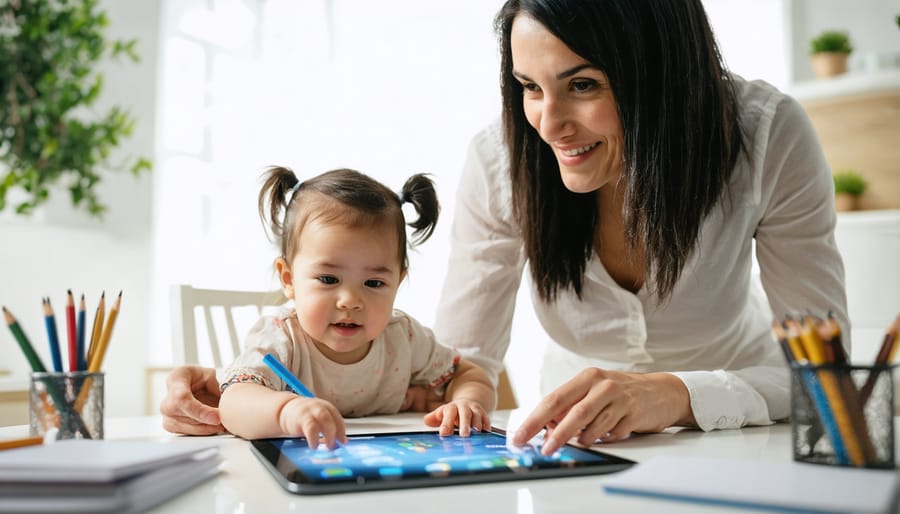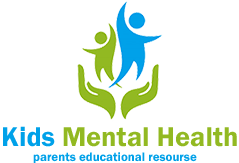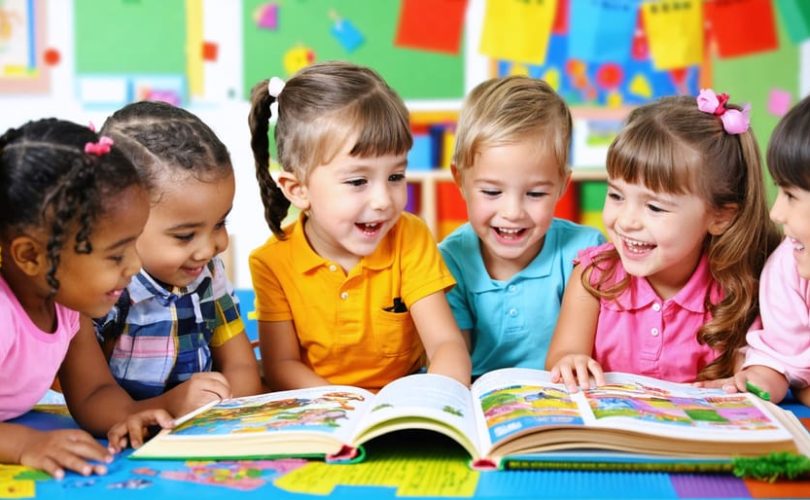In today’s interconnected world, linguistic diversity shapes far more than just our conversations—it fundamentally influences a child’s mental health and cognitive development. When children grow up surrounded by multiple languages, they develop enhanced problem-solving abilities, stronger empathy, and more flexible thinking patterns. This rich tapestry of language experiences creates neural pathways that boost creativity and social understanding, while fostering a deeper appreciation for different cultural perspectives.
Research consistently shows that children who navigate multiple linguistic environments demonstrate superior executive function skills and emotional intelligence. Yet, this journey isn’t without its challenges. Parents and educators often grapple with concerns about language delays, academic performance, and cultural identity formation. Understanding these complexities helps us better support children as they develop their linguistic abilities and cultural awareness.
By embracing linguistic diversity in our homes, schools, and communities, we create environments where children can thrive cognitively and emotionally. This approach not only honors various cultural heritages but also prepares children for success in our increasingly globalized world. The key lies in viewing linguistic diversity not as a barrier to overcome, but as a powerful catalyst for enhanced learning and development.
Understanding Cultural Linguistic Diversity in Children’s Lives

Home Language vs. School Language
Many children experience a significant shift when transitioning between their home language environment and the language used at school. For some families, this means switching between entirely different languages, while for others, it might involve navigating different dialects or communication styles.
This linguistic duality can create both challenges and opportunities for children. At home, they may speak their family’s native language, rich with cultural expressions and familiar patterns. Then at school, they encounter academic language, which often follows different rules and structures. This experience is particularly common among immigrant families or communities with strong cultural linguistic traditions.
Parents frequently observe their children becoming “language brokers,” seamlessly switching between languages and helping family members communicate in different settings. While this skill demonstrates remarkable cognitive flexibility, it can also create emotional pressure for young children.
Teachers and parents can support children by acknowledging and celebrating this linguistic diversity. Creating bridges between home and school language experiences helps children maintain their cultural identity while developing the skills needed for academic success. Simple strategies like incorporating multilingual materials in classrooms and encouraging children to share their home language experiences can make a significant difference.
Community Language Exposure
Children naturally absorb language from their surroundings, making community exposure a powerful influence on their social and cultural development. When children regularly interact with people who speak different languages in their neighborhood, schools, or community centers, they develop a broader understanding of communication and cultural diversity.
Dr. Maria Chen, a child development specialist, shares: “Children who grow up hearing multiple languages in their community tend to show greater empathy and cognitive flexibility. They learn that there are many ways to express the same idea.”
Community language exposure happens naturally through everyday activities – at the local park, grocery stores, or community events. These casual interactions help children understand that linguistic diversity is a normal part of life. Parents often notice their children becoming more curious about different languages and showing increased interest in learning about other cultures.
For example, Sarah, a mother of two, noticed her children became more confident in social situations after regularly attending a multicultural playgroup. “They’ve learned to communicate even when words aren’t enough, using gestures and facial expressions to make friends across language barriers.”
Positive Mental Health Benefits of Language Diversity
Enhanced Cognitive Flexibility
Growing up in a linguistically diverse environment offers children remarkable cognitive advantages, particularly in their ability to think flexibly and solve problems creatively. When children navigate between different languages, they naturally develop enhanced mental agility, much like exercising different muscle groups strengthens the entire body.
Dr. Sarah Chen, a bilingual development specialist, explains: “Children who regularly switch between languages develop stronger executive function skills. They become more adaptable in their thinking and better at seeing multiple perspectives to a problem.”
This enhanced cognitive flexibility manifests in several ways. Multilingual children often demonstrate superior abilities in:
– Finding creative solutions to complex problems
– Switching between different tasks more efficiently
– Understanding abstract concepts more readily
– Adapting to new situations with greater ease
A fascinating example comes from Maria Rodriguez, a preschool teacher in California: “I’ve observed that children from multilingual homes often show remarkable problem-solving skills. When they can’t find the right word in one language, they quickly devise alternative ways to communicate their thoughts, showing impressive mental adaptability.”
This flexibility extends beyond language skills, positively influencing academic performance and social interactions. Research shows that children exposed to multiple languages develop stronger critical thinking skills and demonstrate greater empathy in understanding different viewpoints, preparing them better for our increasingly interconnected world.

Cultural Identity and Self-esteem
Language plays a vital role in shaping how children view themselves and their place in the world. When children grow up in an environment that celebrates their linguistic heritage, they develop a stronger sense of cultural identity development and self-worth.
Dr. Maria Rodriguez, a child psychologist specializing in multicultural development, shares: “When children feel confident using their home language and see it valued in their community, it reinforces their sense of belonging and pride in their cultural heritage.”
Consider Sarah, a seven-year-old who speaks both Spanish and English. When her school implemented a dual-language program, her confidence soared. “I love that I can help my friends learn Spanish,” she says, “and my grandparents are so happy when I speak to them in their language.”
Children who maintain connections to their heritage language while learning new ones often demonstrate higher levels of self-esteem and stronger family bonds. They develop a unique appreciation for different perspectives and ways of expressing themselves, which contributes to their emotional resilience and social adaptability.
Parents and educators can support this positive self-image by:
– Encouraging children to use their heritage language
– Celebrating multilingual abilities as a special skill
– Creating opportunities for cultural exchange
– Providing access to books and media in multiple languages
– Maintaining consistent communication with extended family members in their native language
Potential Challenges and Solutions
Communication Barriers
Communication barriers can significantly impact children’s emotional well-being and social development in linguistically diverse environments. Parents and educators often observe hesitation in children when they struggle to express themselves fully in a non-native language, leading to frustration and sometimes withdrawal from social interactions.
Dr. Maria Rodriguez, a bilingual education specialist, notes that “children may experience anxiety when they can’t find the right words to share their thoughts or feelings, especially in academic or healthcare settings.” This communication gap can affect their confidence and willingness to participate in classroom discussions or seek help when needed.
Common challenges include misunderstandings due to different cultural expressions, difficulty understanding idioms or figurative language, and struggles with academic vocabulary. Children might also face challenges when trying to explain cultural concepts that don’t have direct translations in other languages.
For healthcare professionals, these barriers can complicate accurate assessments and treatment plans. A child might have trouble describing symptoms or emotional states, potentially leading to delayed or inappropriate interventions.
Parents often report feeling helpless when their children face these challenges. As one mother shares, “Watching my daughter struggle to communicate with her peers breaks my heart, but I’ve learned that patience and consistent support make a tremendous difference.”
Understanding these barriers is the first step toward creating inclusive environments where all children feel comfortable expressing themselves, regardless of their linguistic background.

Supporting Your Child’s Language Journey
Supporting your child’s linguistic journey requires patience, understanding, and consistent engagement. Here are several effective strategies you can implement at home and in educational settings:
Create a language-rich environment by exposing your child to books, songs, and media in both their heritage language and the community language. Make it fun and natural – bedtime stories, family movie nights, or cooking together while discussing ingredients in multiple languages can be excellent learning opportunities.
Validate and celebrate your child’s linguistic abilities. When they mix languages or take time to find the right words, respond with encouragement rather than correction. Remember that language mixing is a normal part of bilingual development and actually demonstrates cognitive flexibility.
Connect with other families who share your linguistic background. Organizing playdates or joining cultural community groups can provide your child with natural opportunities to practice their heritage language while building confidence in their cultural identity.
For educators, incorporate diverse linguistic elements into your classroom. Simple actions like learning basic greetings in your students’ home languages or displaying multilingual signs can create an inclusive environment. Partner with families to understand their language goals and cultural practices.
Remember that every child’s language journey is unique. Some may become fluent quickly, while others need more time. Focus on progress rather than perfection, and celebrate the cognitive and social advantages that come with linguistic diversity.
Cultural and linguistic diversity enriches our communities, schools, and workplaces in countless ways. By embracing different languages and communication styles, we create more inclusive environments where everyone can thrive and feel valued. The benefits extend far beyond simple communication – they include enhanced cognitive development in children, greater empathy and cultural awareness, and stronger community bonds.
Remember that supporting linguistic diversity isn’t just about tolerance; it’s about actively celebrating and nurturing these differences. Parents, educators, and healthcare providers play crucial roles in creating supportive environments where multiple languages and cultural expressions are welcomed and respected.
As we move forward, let’s focus on practical steps to promote linguistic diversity: encouraging children to maintain their heritage languages, providing multilingual resources in schools and healthcare settings, and fostering cross-cultural connections in our communities. By taking a positive, proactive approach to linguistic diversity, we create stronger, more resilient communities where every voice can be heard and valued.
The journey toward embracing linguistic diversity may have its challenges, but the rewards – including enhanced cultural understanding, stronger cognitive abilities, and richer community connections – make it well worth the effort.


